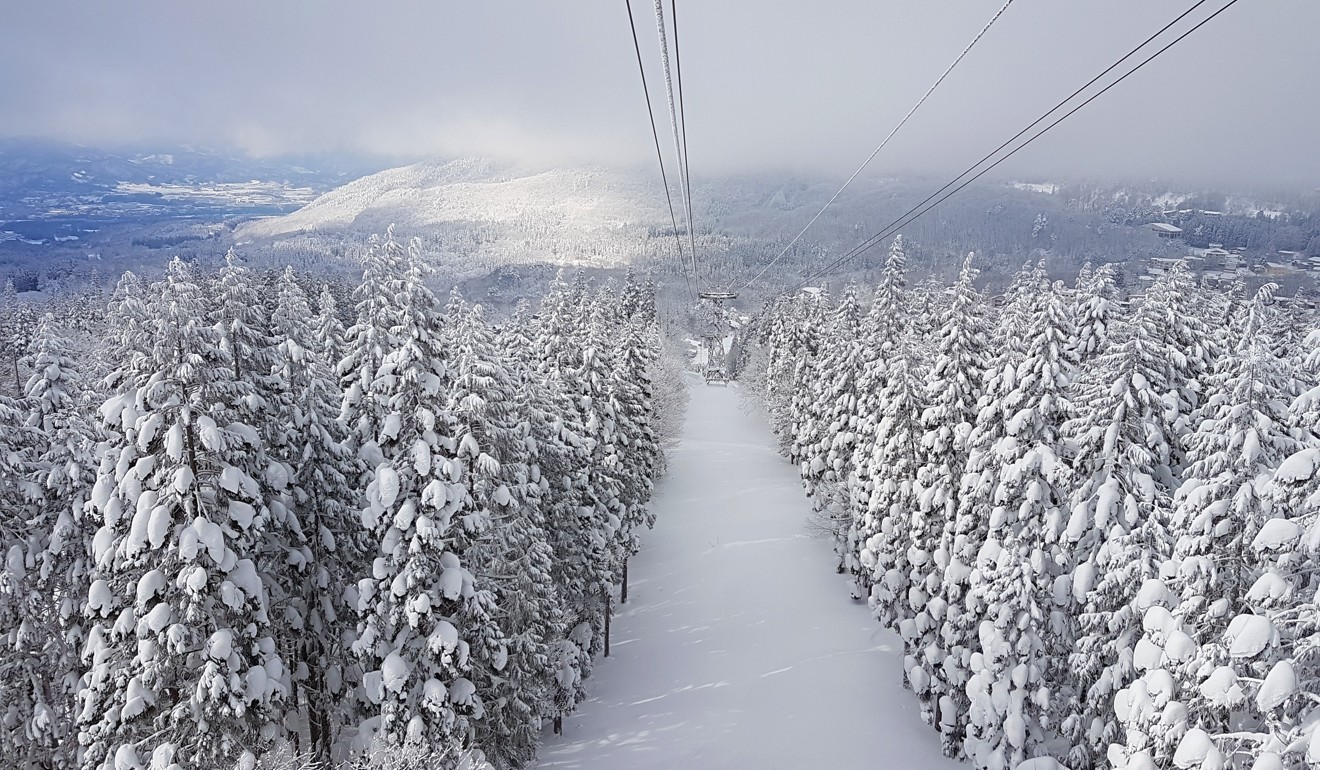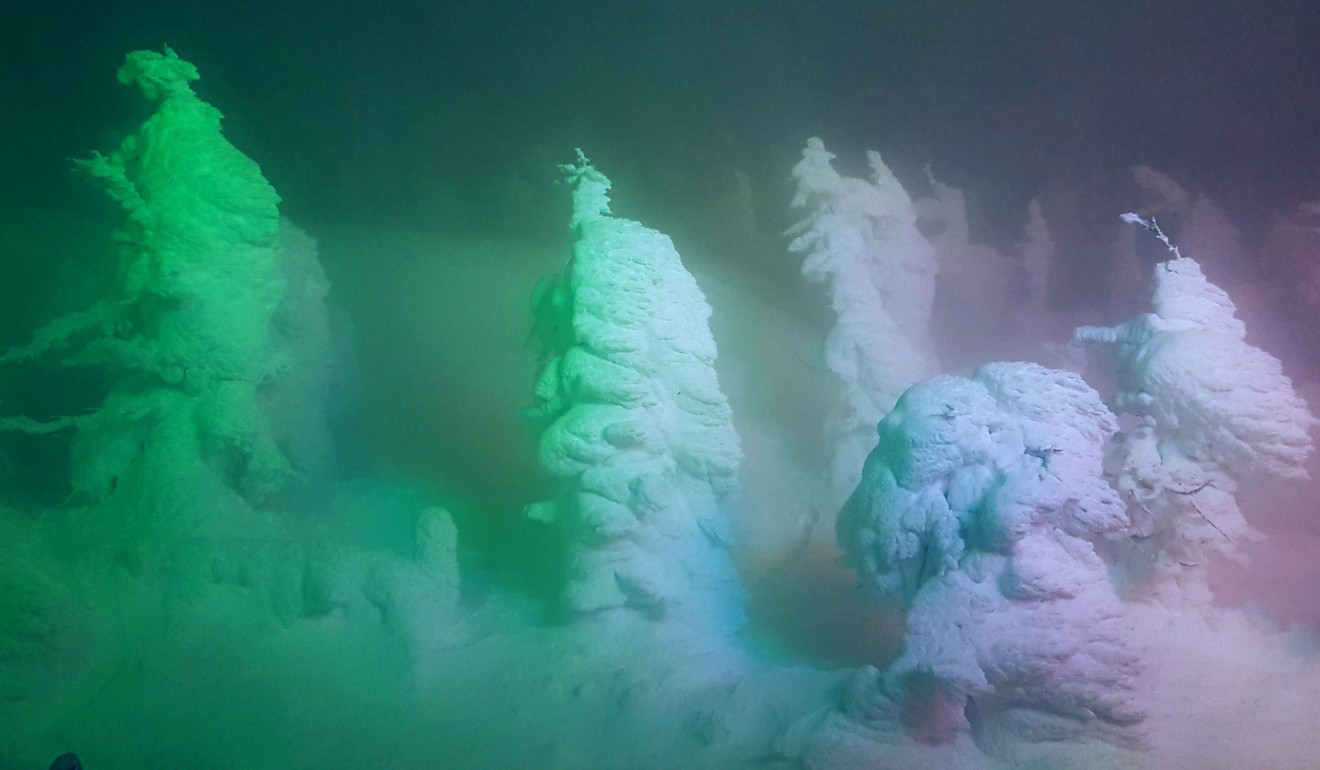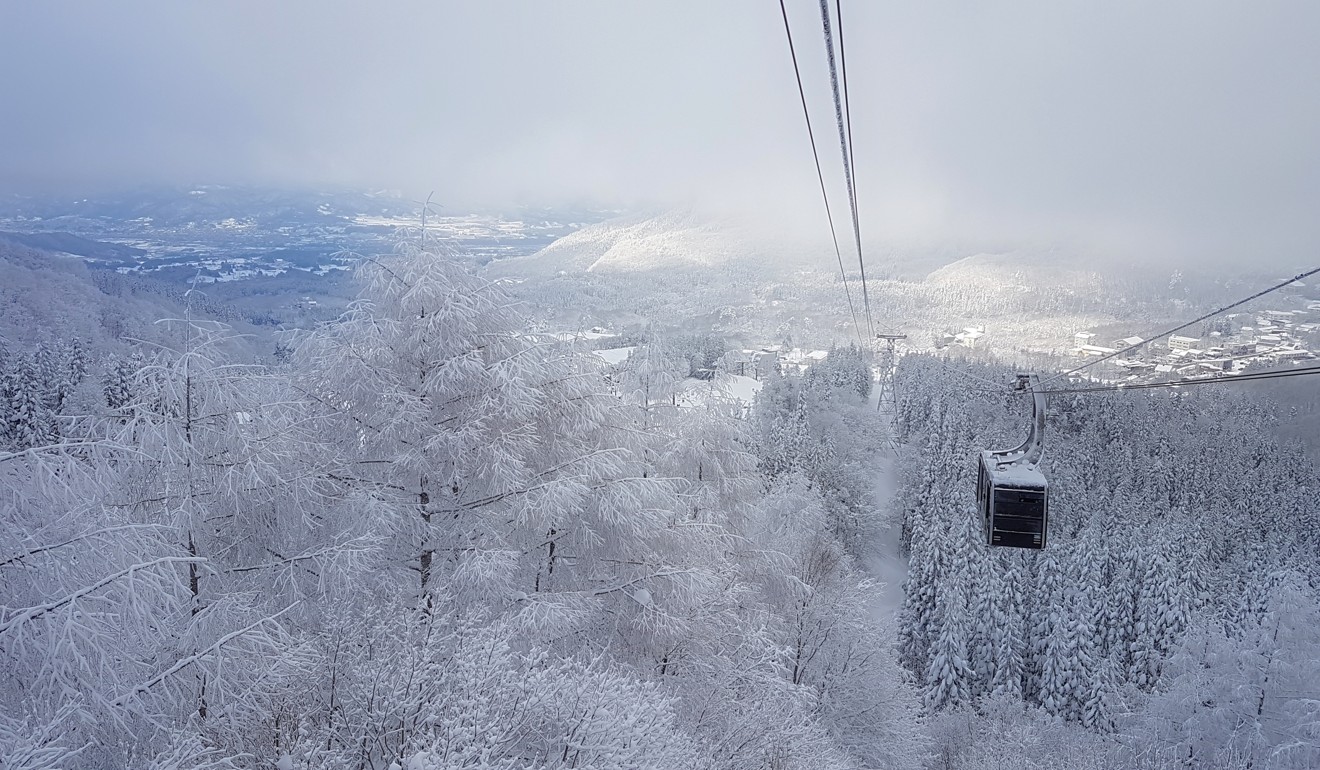
From snow monsters to sulphur soaks: 5 reasons why Zao Onsen is Japan’s next winter sensation
This relatively ‘undiscovered’ resort – within easy reach of Tokyo – offers fine ‘snow monster’ scenery, great skiing and hot sulphuric springs

The snowy white realms of Japan have been pulling in tourists for decades at the nation’s most popular, well-established skiing resorts include Hokkaido and Nagano.
Yet there are other, relatively “undiscovered” spots, such as Zao Onsen in Yamagata Prefecture, which offers the same world-class ski slopes and premium attractions – but with less of a crowd and a more distinctively local flavour.
Check out the top 5 attractions at this relatively low-key snow resort in a country big on wintry fun.
1. Location and access

Set high amid the apex of Jizo-dake, which rises 800 metres above sea level, Zao Onsen is the largest skiing resort in Japan’s Tohoku region with winter attractions that rival those of Hakuba and Niseko.
It is easily accessible to the capital – only 40 minutes by bus from the city of Yamagata which is about 2.5 hours from Tokyo by train.
As the resort is not so well known among foreign travellers, it has remained distinctly Japanese, with establishments still catering largely to local visitors, with just a splattering of Taiwanese and Hong Kong tourists during peak seasons.
2. Chilly snow monsters

The freezing wind and heavy snowfall experienced in the resort during the winters have conspired to create the most spectacular of the three places in Japan where one can find “juhyo” or snow monsters.
These dramatic rimes take shape when snow on trees is rapidly frozen by the strong winds that constantly sweep through the mountains.
Over the peak skiing season, from January until early March, there are scheduled night illuminations where vivid spectra add to Instagram appeal of these remarkable snow sculptures forged by nature.
3. The sulphur ‘soak’

Unlike many regions in Japan, where the hot springs are filled by clear thermal waters, Zao Onsen is renowned for its turquoise-blue sulphuric spring waters.
They are perfect for easing the aches and pains after a day’s skiing and are also believed to have wonderful healing properties for treating a host of ailments from bronchitis to heart and skin diseases.
However, the strong odour of the water is an acquired taste, and can often linger on clothes even after a few washes.
4. The gourmet factor

There are only two to three casual restaurants in this small town that offer hearty meals such as ramen and tonkatsu bento boxes in the day time.
However, the onsen hotels here all offer heavenly multi-course-dinner ryori (cuisine) that features local ingredients such as the famous Yonezawa beef and Yamagata pork.
The marbling on the Yonezawa slivers, typically served on the shabu-shabu course, is sensational.
5. The downhill rush

From now until the end of March, it is the skiing season at Zao Onsen and the Zao Ropeway provides an impressive array of slopes that cater to all levels of skiers and snowboarders.
The surrounding slopes offer more than a dozen downhill courses, with the longest one stretching over 10km (6.2 miles) from the top of the mountain.
Non-skiers can also visit the Jizo Sancho station via the Zao Ropeway Sancho line to ring the lucky bell there before setting off for a dramatic view of the snow monsters looming over the peak, or the half submerged Jizo statue, weather permitting.